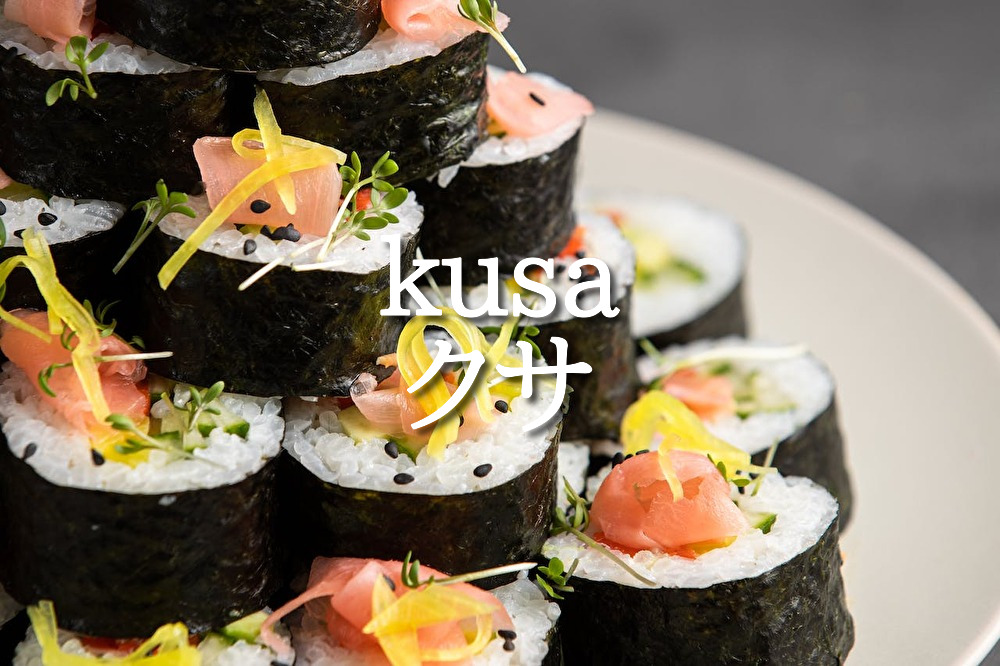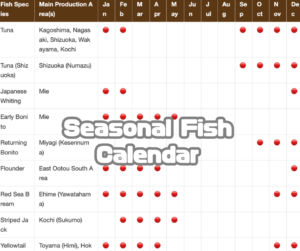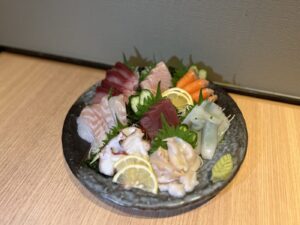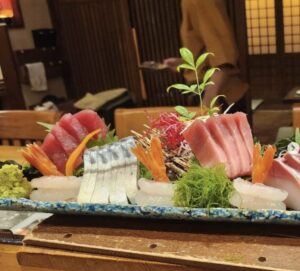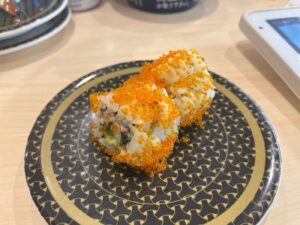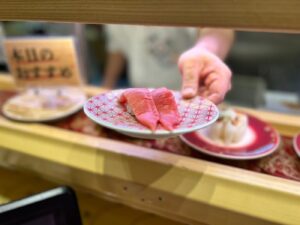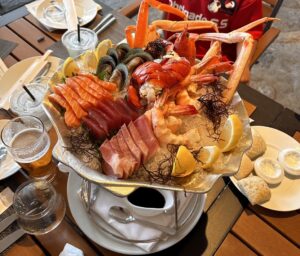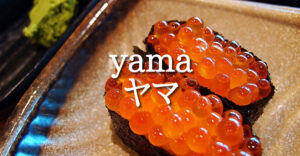What is the word Kusa used at sushi restaurants?
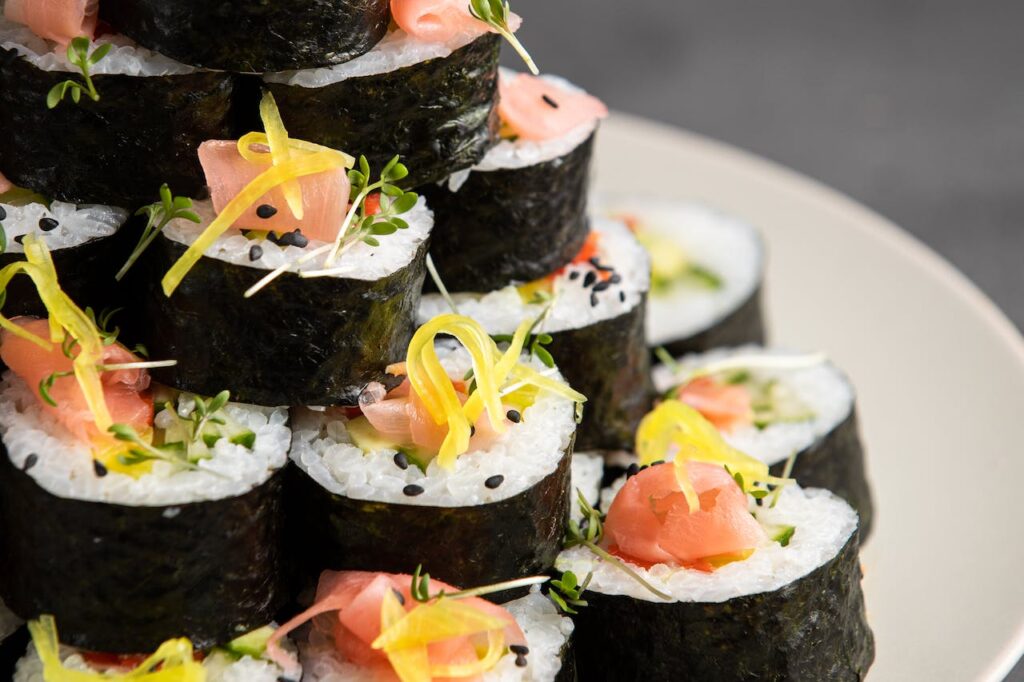
This time, I would like to introduce you to the industry term “Kusa” used at sushi restaurants.
Kusa is a word that refers to seaweed
Nori, an essential ingredient for sushi, is referred to as Kusa at sushi restaurants. It is said to be derived from Asakusanori, a type of seaweed that is the raw material for sheet nori used for sushi.
Nori is a type of edible seaweed. There are four types of nori: raw nori, plate nori, shredded nori, and seasoned nori.
Plate nori is generally used for sushi such as sushi rolls and gunkan. It is said that “texture,” “fragrance,” and “good melt-in-the-mouth quality” are important when using for sushi. Generally, seaweed is lightly toasted just before use, as the water remaining in the seaweed evaporates, improving its crispness and aroma. Additionally, the heat from the fire breaks down the cells in the seaweed, which has the effect of increasing the flavor.
Types of sushi that uses Kusa
There are various types of sushi that use Kusa, such as makimono and gunkanmaki. Here we will introduce some of its features and ingredients.
Sushi rolls(巻き寿司)
“Makizushi” refers to vinegared rice and other ingredients rolled in seaweed. Japanese sushi rolls are typically thin, medium, and futomaki. Hosomaki (thin typed) include kappa maki, ume shiso maki, tekka maki, natto maki, kanpyo maki, and torotaku maki. The futomaki contains multiple ingredients such as egg, kanpyo, denbu, grilled conger eel, and cucumber.
Warship(軍艦)
The meaning of the word “gunkan” is “warship” in Japanese. At sushi restaurants, gunkan refers to rice that is shaped like a small boat and covered with seaweed. By making it into this shape, you can use soft ingredients or ingredients that are not suitable for nigiri sushi as toppings. Various ingredients are used, such as salmon roe, sea urchin, and green onion.
How to eat sushi made with Kusa
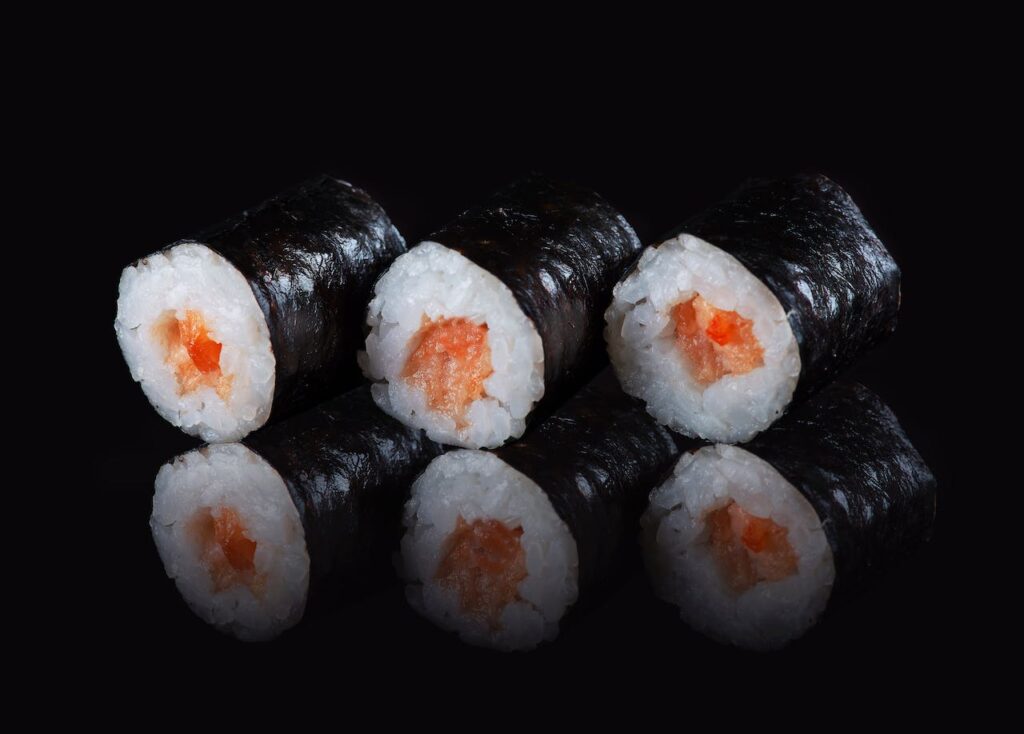
Toppings such as salmon roe, sea urchin, and green onions, which are likely to spill when making nigiri, are often wrapped in seaweed and served as gunkan or seaweed rolls, but if you try to put soy sauce on the gunkan toppings themselves, the toppings will spill out.
In order to eat beautifully, sushi rolls and gunkan should be “dripped with soy sauce” instead of “dipped in soy sauce.” If you pick up some of the gari or cucumber that comes with it, dip it in soy sauce, and drizzle it over the toppings, you can enjoy it beautifully and smartly.
It’s difficult to add soy sauce to just the toppings on gunkan, so you can add it to the border between the sushi and the toppings. There is no problem if you apply it only to seaweed.

